Have you ever noticed that your body goes through certain changes before you feel an emotion? Your heart beats faster before you realize you are feeling scared. You feel jittery before you start panicking. This is the James Lange theory of emotion which claims that emotions are sparked by physiological arousal and changes in your body.
Is this the reason why our eyes get moist and tears form up even before we start crying? Human emotions are multifaceted and complex and it is no surprise that researchers and experts have tried to understand, decode and explain our emotions for decades. Hence, several theories on emotions have been proposed over the years to untangle the mysteries of human emotions.
The James Lange theory about emotions is one of the most prominent theories which posits that emotions are a direct outcome of physiological processes,changes and arousals.
Today, let’s explore The James Lange theory, the history of James Lange theory of emotion, how does the James Lange theory work and the impact of the James Lange theory of emotion to improve our understanding of human emotions.
What is The James Lange Theory of Emotion?
The James Lange theory proposes that our emotions do not necessarily cause physical responses, like tears or a rapid heartbeat; rather physiological and bodily responses lead to our emotions. As per this theory, emotions are a direct consequence of how our bodies respond to various external stimuli present in the environment.
“The James–Lange theory proposes that emotional stimuli first induce peripheral physiological variations, which occur without consciousness of affect,” explains a study. These physical responses are then “interpreted by the brain to produce the feeling state of an emotion,” add researchers.

As per the history of James Lange theory of emotion, it was proposed by American psychologist and philosopher William James and Danish physician Carl Lange. This theory claims that when a person goes through a stimulus, event or situation, their body naturally reacts through particular bodily reactions. Such physiological responses may include changes in –
- Heart rate
- Blood pressure
- Facial expressions
- Muscle tension
These physical responses are considered as the primary triggers for our emotional reactions. For instance, you do not feel sad because you have broken up in your romantic relationship with your partner, rather you break up because you feel sad in the relationship, according to James and Lange.
Related: Why Your Emotions Are Not “Things” In Your Brain
The Feedback Loop
The James Lange theory of emotion also posits a feedback loop between our physical responses and emotional outcomes. The theory claims that there is a bidirectional relationship between our body and our emotions.
As a result, physiological responses do not just cause emotions but also act as feedback to aggravate and strengthen such emotional experiences. This means bodily reactions can influence the intensity & duration of your emotions.
So how does the James Lange theory work? Although our bodily responses greatly influence our emotions, our perception also plays an essential part in the theory. “The James–Lange theory considers emotional feelings as perceptions of physiological body changes” in the autonomic, hormonal, & motor systems, explains a 2012 study.
It suggests that an individual’s analysis and interpretation of their physical changes has a strong impact on the particular emotions they experience. For instance, when your heart starts beating faster, you may perceive it as excitement, while another person may interpret it as fear, depending on the situation and perception.
History of the James Lange Theory of Emotion
The James Lange concept of emotion was put forward by psychologist William James and physiologist Carl Lange in the late 19th century. It goes against the usual belief that bodily response comes after emotional feelings.
According to the history of James Lange theory of emotion, Carl Lange propounded his view on emotions through a published article in 1884. Simultaneously, William James also provided similar thoughts and ideas in a number of lectures which he later turned into a book known as “The Principles of Psychology”, published in 1884.
Although the James-Lange theory has attracted some criticism and is not universally accepted today, it was extremely influential in shaping early discussions on psychology’s complex relations between physiology and emotions.

This principle has changed people’s understanding of body-mind connection and it forms the basis for multiple other theories on emotion that were presented later on.
Now that we know the history of James Lange theory of emotion, let’s explore some supportive evidence so that we can better understand the impact of the James Lange theory of emotion.
Related: Ekman’s 6 Basic Emotions and How They Affect Our Behavior
Is There Any Evidence for The James Lange Theory of Emotion?
Throughout the years, several researchers have conducted studies that have supported this theory of emotion. For instance, studies have observed the impact of physiological responses on emotional reactions by analyzing facial expressions, emotional induction techniques and physiological measurements.
Researchers have persistently found a direct link between physical responses and emotions, offering support for this theory. This can help us answer the question – how does the James Lange theory work?
Criticisms of the James Lange theory of emotion
It should be noted that the James Lange theory is not without its criticisms, even though it has greatly contributed to our understanding of human emotions. A common criticism about this theory is that not all emotions involve specific physiological changes. Some emotional experiences might not have clear and identifiable bodily responses associated with them.
To answer these criticisms, alternative theories have been developed to provide new insights on the connection between bodily responses and emotions. To illustrate, the Cannon Bard theory explains that physical responses and emotional experiences occur simultaneously but independently.
The Schachter-Singer theory proposes that there are emotions that result from combined bodily response and cognition of emotions. In spite of these alternative theories, the James Lange theory of emotion has profoundly impacted our understanding of emotions.
It points out a complex connection between our bodies and our feelings, making us reconsider whether emotions are only cognitive processes. By paying attention to bodily responses, we can understand how our emotions develop.
This can empower us to develop strategies for managing our emotions and live a better life.
Practical Applications of James Lange Theory
Now let’s focus a bit more on how does the James Lange theory work? Academic research only scratches the surface of the implications of James Lange theory on emotion. It is believed that when we are aware of our bodily responses and intentionally alter our physical reactions, we can control our feelings in different situations.
Some effective ways of improving emotional wellbeing include, deep breathing, progressive muscle relaxation and physical exercise. For instance, if you feel worried before giving a presentation, taking a few deep breaths can help you remain calm and possibly lower anxiety.
Impact of the James Lange Theory of Emotion
The James Lange theory of emotion has had a great impact on psychology and our knowledge about emotions. Here are some of the key impacts and implications of the theory:
1. Shifting the Focus to the Body
The theory by James and Lange countered the widespread belief that only cognitive processes, like interpretations and thoughts, lead to emotions.
This theory pointed out that emotions can be understood as being shaped by physical changes in the body, thereby shifting attention to the body as an essential part of emotional experience. This broader outlook has influenced subsequent theories and research on emotions.
Related: What Is The Wheel of Emotions And Why You Should Use It
2. Linking Physiology and Emotion
This theory has established a strong relationship between physiological changes and emotional experiences. It stressed that bodily responses do not just occur alongside emotions but rather function as necessary triggers and enhancers of emotional states.
Therefore, the link between physiology and emotion has prompted further study into the complex interplay of mind and body.
3. Supporting Experimental Evidence
Many experiments have provided empirical data in favor of the James-Lange theory. Researchers have carried out studies involving measuring physiological responses, recording facial expressions, and using techniques to induce emotions to explore how feelings connect with physical experiences.
These investigations consistently illustrate that certain physical changes are invariably related to corresponding emotional states, lending support to this theory.

4. Emotional Regulation Implications
According to the James Lange theory of emotion, it is possible for us to intentionally change our physical reactions and possibly regulate our emotions.
This knowledge has practical applications for emotional regulation as well as overall wellbeing. This is the impact of the James Lange theory of emotion.
5. Influence on Alternative Theories
Despite not being the only theory of emotions, the James Lange theory has influenced the emergence of other related theories. For instance, the Cannon-Bard Theory proposed simultaneous and independent bodily responses to feelings.
On the other hand, Schachter-Singer’s theory focused on cognitive appraisal alongside bodily responses. It was upon this foundation built by the James-Lange theory that other theories were built and it also paved the way for future investigations.
Related: 4 Quadrants Of Emotional Intelligence And What They Mean
6. Cognitive Processes Integration
The James Lange theory recognizes that cognitive processes interact with bodily response and it has led to a better understanding of emotions.
This has facilitated a fusion of cognitive and physiological approaches to studying emotions, offering a more sophisticated insight into the intricacies involved in emotional experiences.
7. Clinical Applications
The theory’s emphasis on bodily responses and emotional regulation has practical implications in clinical settings. Some therapeutic approaches such as biofeedback, which involves monitoring and controlling physiological responses, are also influenced by the James Lange theory.
These techniques can help people better recognize and regulate physical symptoms that accompany emotional states, ultimately improving their mental health.
8. Influence on Popular Understanding
The James-Lange theory has also influenced popular understanding and cultural attitudes toward emotions. Its recognition of the embodied nature of emotions has become part of common public discourse about emotional experiences.
It actually helped us to understand that emotions are not simply a matter of thinking but can include other physiological processes, expanding our comprehension of human feelings generally.
Takeaway
The James Lange theory of emotion is a landmark in our exploration of human emotions. It opposes common knowledge by underlining how our moods and feelings are shaped by the body’s reactions.
The theory also offers new avenues for understanding and managing one’s feelings. The James Lange theory remains a cornerstone of our quest to understand the human mind as we continue disentangling emotional complexities.
Related: Emotional Evolution: 35 Signs You’re Becoming More Mature
Frequently Asked Questions (FAQs):
What is James-Lange theory of emotion in psychology?
James-Lange theory proposes that physiological responses manifest before emotional experiences, suggesting bodily reactions mold the perception of emotions.
What does the James-Lange theory of emotion assert that emotions are?
James-Lange theory of emotions claims that emotions arise from bodily responses, proposing physiological changes precede & cause emotional feelings.
How is the James-Lange theory of emotions different from our common sense view of the emotion process?
James-Lange theory of emotion challenges common sense by suggesting physical responses initiate emotions, contrary to the belief that emotions precede bodily reactions.


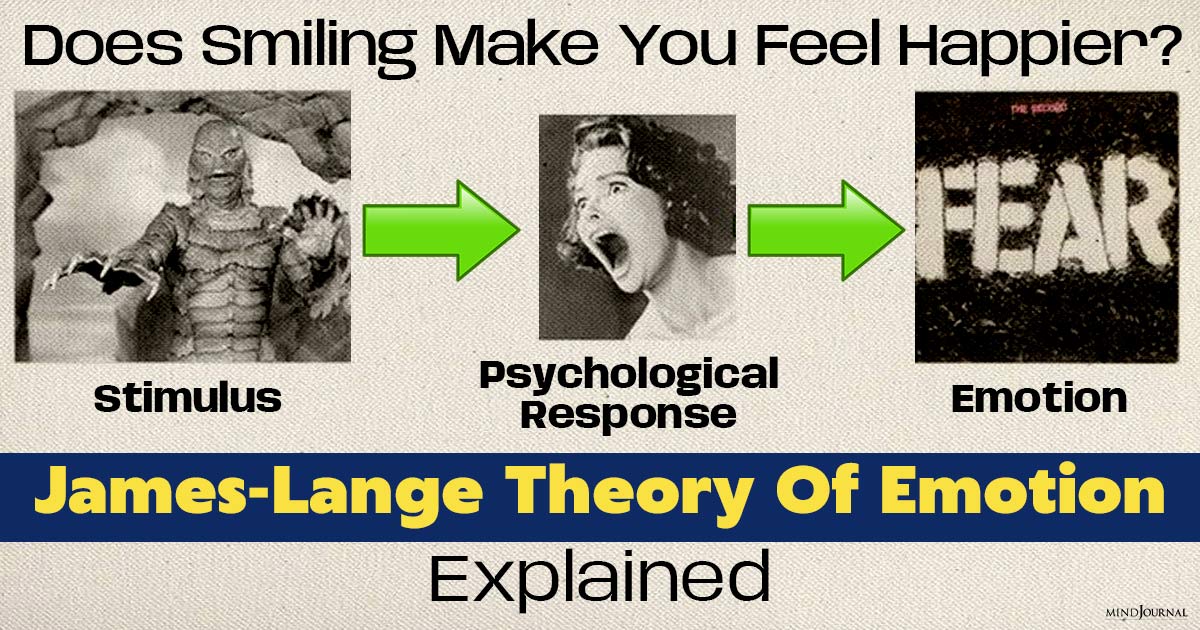
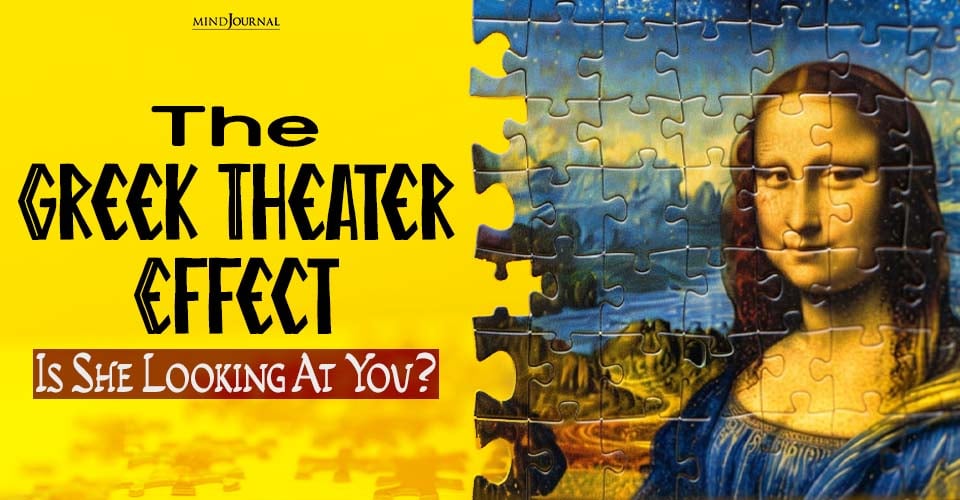
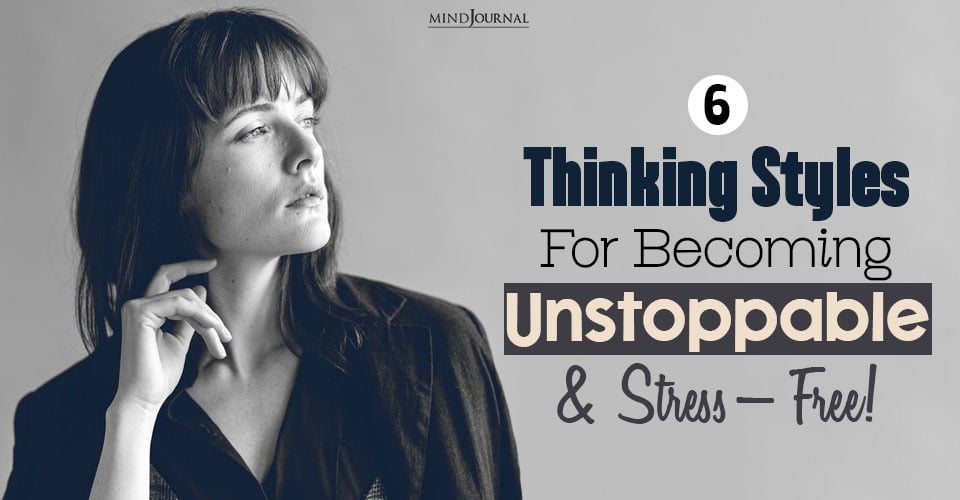

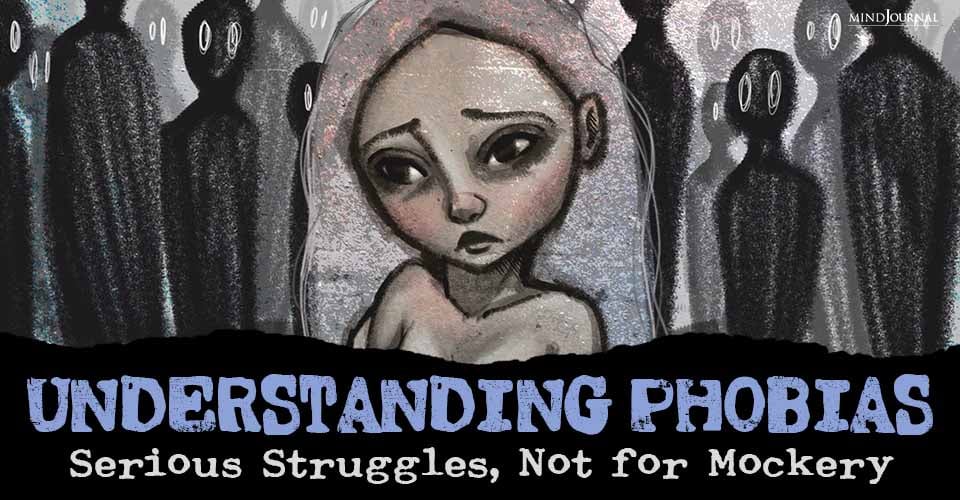

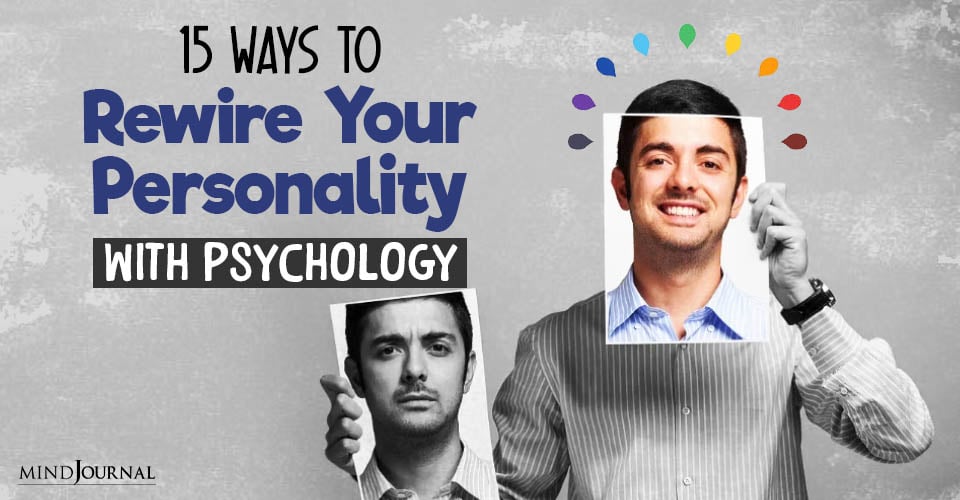

Leave a Reply